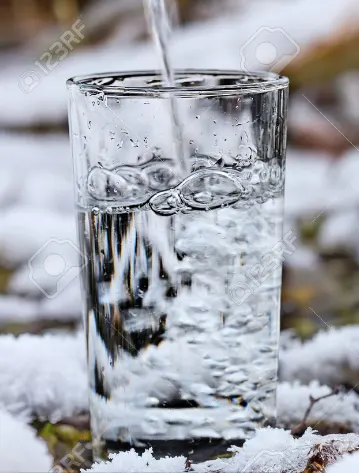Let’s say you’re out on a run in the hot July afternoon heat. Or you’re out gardening or weeding in August. You know that you need to drink before, during, and after the activity to stay hydrated.
Sneakier, though, is cold-weather dehydration. “There’s a false perception that hydration needs drop so dramatically in winter that dehydration can never be a problem,” says New York City–based sports dietitian Lauren Antonucci, RDN.
All the heat pumped into your office or home keeps the building warm, but “indoor air is really dry,” says Antonucci. This is counter to summertime humidity, which leaves you sticky from all the moisture in the air. Spending time inside working, sleeping, and hanging out keeps you exposed to this dry heat for much of your day, and you can lose fluids and become dehydrated. (Hence why right now you’re constantly grabbing for moisturizer to slather on cracked skin, she says.)
When the temperature drops, sticking with outdoor exercise is good for your mind and body. But if you’re someone who doesn’t like to feel cold, you might overdress on purpose. “Many people layer up and sweat through their clothes, but because they don’t feel hot, they don’t realize that they’re losing as much sweat as they are,” says Antonucci.
When it’s warm, you’re always within reaching distance of a water bottle. In the cold, you’re not as thirsty and perhaps feeling chilly, and it can feel less desirable to carry a water bottle with you, says Antonucci.
As for how much you should aim to drink, the National Academies of Sciences, Engineering, and Medicine recommends that men consume approximately 125 ounces (oz) of total fluid from beverages and food (about 16 cups of fluid), and women consume 91 oz of fluid (just over 11 cups).
A good way to check for dehydration, says Stella Volpe, PhD, RDN, a professor and department head of human nutrition, foods, and exercise at Virginia Tech in Blacksburg is to do the pee test. If your urine is pale yellow, it’s healthy. “That’s a measure that anyone can use at any time of the year to test their hydration status,” she says.
Severe dehydration can lead to confusion, fainting, rapid heartbeat and breathing, and even shock, according to the U.S. National Library of Medicine.










